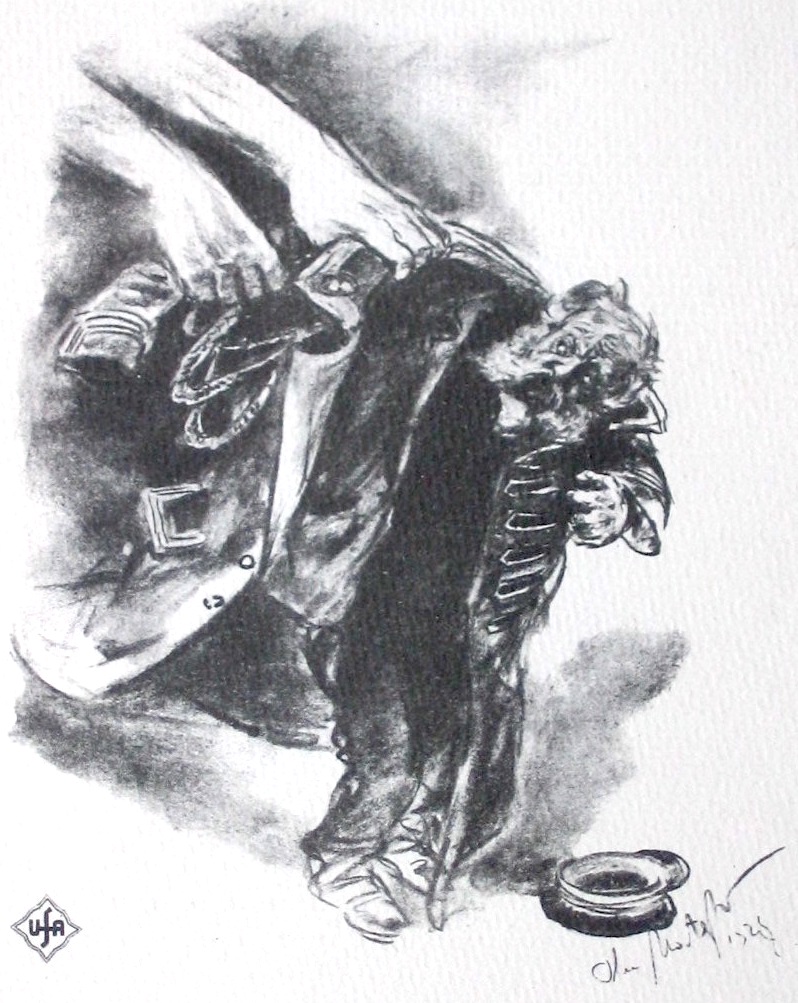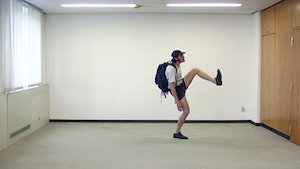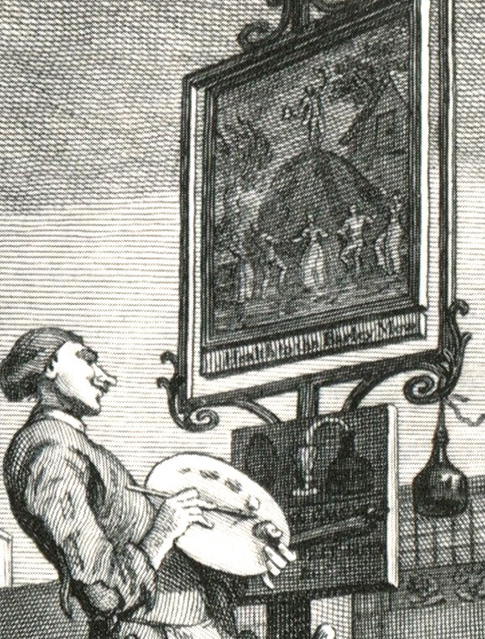Ben Katchor]
[June 16, 2011
Kiowa drawings, a goldrush diary and an illustrated travelogue (Recommended by: Ben Katchor)
Nicht übersetzt:
16.6.2011
The Collections of the National Anthropological Archives and Human Studies Film Archives include the Smithsonian’s earliest attempts to document North American Indian cultures, begun in 1846. Among the earliest ethnographic collections are the diaries of John Wesley Powell, which recount his exploration of the Colorado and study of the region’s Indians, and the pictographic histories of Plains Indians collected by U.S. military officers and BAE ethnographers. The Smithsonian’s collections of Kiowa drawings include works of art on buffalo hide and more recent examples on paper, a medium that Kiowa artists adopted after it became widely available in the late nineteenth century. “They are amazing pieces of reportage of a sort.”( Ben Katchor)
The best-known bodies of Kiowa graphic art are the drawings produced by Kiowa men imprisoned at Fort Marion in the 1870s. At the conclusion of the Southern Plains Indian war, a group of 72 warriors, primarily Kiowas, Cheyennes, and Arapahoes, were taken prisoner and transported to Fort Marion, in St. Augustine, Florida, where they were held as hostages to ensure the peaceful conduct of their tribes. Often working in close collaboration, the Fort Marion artists developed a distinctive style built upon their earlier graphic art tradition.
The Kiowa had a particularly complex calendar system with events recorded for both summer and winter of each year. Most calendars had very simple pictures that helped calendar keepers remember the name of each year. The calendar, which was produced by Silver Horn in 1904, was more richly illustrated.
Many Plains artists used the leaves of bound record books for their drawings. The drawings, which appear in an Army Target Record Book include scenes of warfare, courting, personal dress, the Sun Dance, and stories of the mythical trickster figure, Saynday.
—————————————————————————-
15.1.2011
The Website of the Beinecke Library of the Yale University presents a lively pictorial diary by the artist and topographer Joseph Goldsborough Bruff, showing his adventures during the California Gold Rush of 1849. Bruff´s day to day accounts where reprinted in 1944 by the Columbia University Press in a scarce two volume edition.
The Desert, The mule has got through but the owner ain’t by a long ways./ The fortunes of most
————————————————
12.19.2010
Illustrated Russia and China
Two illustrated travel books from the NY Public Library digital archive: one on Russia with lithographs from 1859 by Richard Karlovic Maak and a a series of drawings of China by Thomas Allom, 1843.
Richard Karlovic Maak: Albom risunkov k puteshestv?. 1859
Thomas Allom: China, in a series of views. 1843










